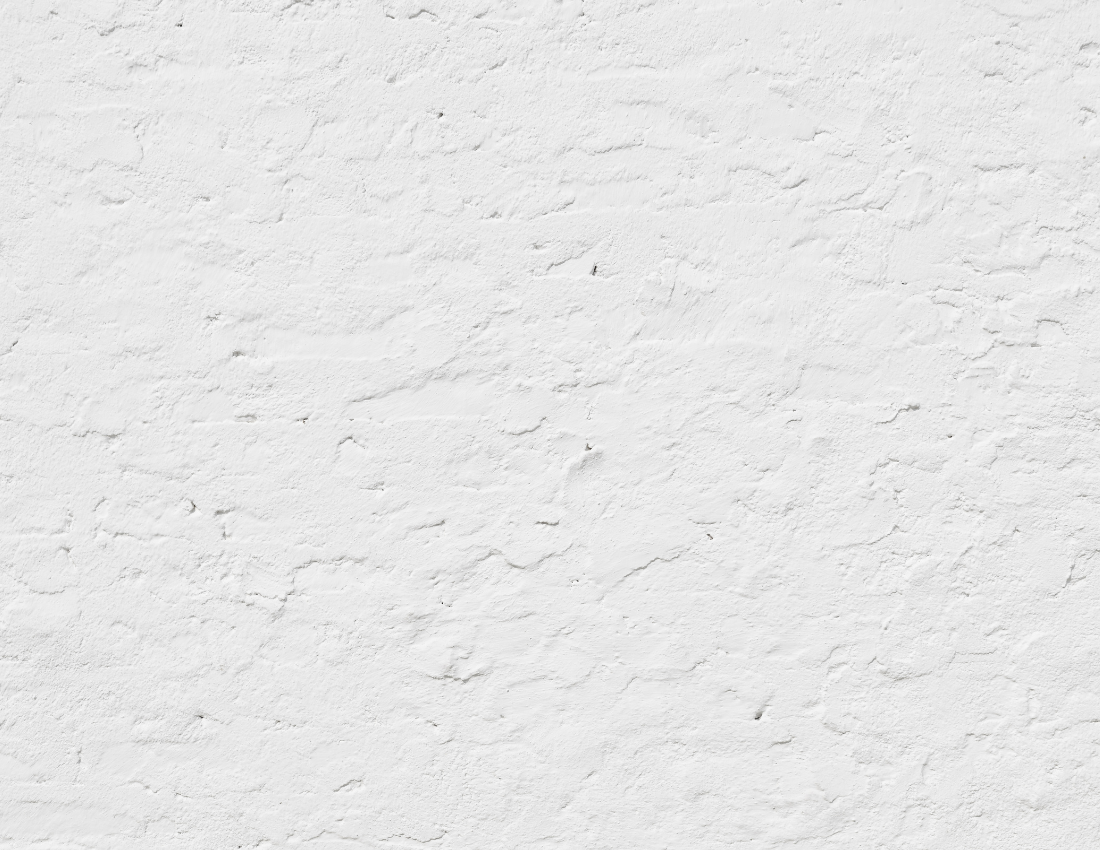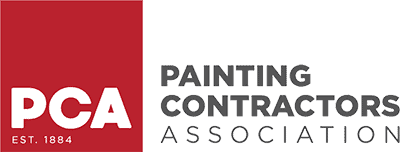Textured walls add personality. But figuring out how to paint textured walls without streaks, drips, or patchy spots? That can be a different story.
Whether you’re dealing with knockdown texture in the living room or popcorn on your ceiling in the bedroom, the process takes a little more than just grabbing a brush and going for it. A regular paint roller and some latex paint won’t cut it unless you prep properly and use the right tools from the start.
If you’re in Holly Springs, NC and thinking about updating your space with a fresh coat of color, this guide will walk you through what really matters when painting textured walls.
Let’s break it down.
Key Takeaways:
- Thick nap rollers (½ to ¾ inch) help paint reach deep into textured walls like knockdown or orange peel.
- Prep is everything—clean walls, tape edges tight, and apply a solid coat of primer for better coverage.
- Choose the right paint sheen like eggshell or satin to reduce glare and keep texture subtle.
- Avoid pressing too hard with your roller—let the nap do the work to prevent streaks and drips.
- Professional painters in Holly Springs, NC handle popcorn ceilings, tricky textures, and detailed finishes without the mess.

Why Textured Walls Are Tricky
Textured walls might look great, but painting them isn’t the same as painting smooth drywall. All those bumps, dips, and ridges can mess with paint coverage and cause issues if you don’t handle them correctly.
Here’s why they’re challenging:
- A regular brush or roller doesn’t reach into the texture
- Uneven surfaces cause paint to drip and settle weird
- Dust and old paint buildup inside the crevices
- They often require more coats of primer and paint than flat walls
In homes around Holly Springs, you’ll see everything from subtle orange peel texture in bathrooms to dramatic knockdown finishes in open-concept kitchens. And each one needs a slightly different approach, especially when you’re trying to match sheen or apply faux painting finishes.
The Right Tools for the Job
Painting textured walls starts with smart prep, and that means using the right equipment.
Here’s what professionals bring to the table:
- 9-inch paint roller cage with a thick nap (at least ½ to ¾ inch)
- High-quality paintbrush for edges
- Lined paint tray and durable tray liners
- Painter’s tape that seals well, even over bumpy surfaces
- A reliable sprayer (for larger or more detailed areas)
- Shop vac or soft brush to remove dust and loose debris
- Putty knife, joint compound, or spackle to repair any dents
- Sandpaper (only if smoothing damaged spots—not for the texture itself)
If you’re dealing with older walls, especially with popcorn ceiling or textured plaster, it’s worth letting professional painters in Holly Springs, NC handle it. Some textures (like popcorn with oil-based paint on top) can be stubborn or even unsafe to disturb without the right prep.
Prepping Your Walls: Where Most People Slip Up
Skipping prep is one of the most common painting mistakes we see. With textured walls, poor prep leads to streaks, cracking, and patches that never seem to blend in—no matter how many coats you add.
Here’s what real prep looks like:
- Vacuum or wipe down the wall with a damp sponge to remove grime
- Tape off baseboards, outlets, windows, and door frames
- Remove popcorn debris or loose texture with a dry brush
- Patch dents with putty, smoothing with your finger instead of a knife to avoid flattening the texture
- Prime everything using a roller with a thick nap
- Use the same roller for primer and topcoat, just with a clean tray and fresh latex or oil paint
Don’t forget the importance of picking the right paint sheen. Glossy finishes like semi-gloss will highlight every imperfection. On textured walls, a softer finish like eggshell or satin gives you color without turning every bump into a spotlight.
How to Paint Textured Walls Step by Step
Once your wall is cleaned, patched, taped, and primed, it’s time to paint. The trick is working in sections and checking for drips as you go.
Here’s a typical process used by professional painters in Holly Springs, NC:
- Pour your color into a lined tray and load your roller until it’s fully saturated.
- Roll in small 4×4 foot areas so you can control the pressure.
- Let the roller’s nap do the work—don’t press too hard or you’ll cause streaks.
- Roll as close to edges as possible, then switch to a brush to fill in tight spots.
- Keep an eye out for drips and catch them before they dry.
- Let the paint dry fully, then inspect to see if a second coat is needed.
- If coverage feels thin, use a paint calculator to estimate how much more you’ll need.
Many homeowners are surprised at how much more paint textured walls can require. That’s especially true for uneven finishes like stucco, heavy mud, or layers of old plaster.
Matching Paint to Texture Type
Not all textures are created equal. Here’s how paint and process vary based on what you’re working with:
Knockdown Texture
- Popular in newer homes
- Needs a ½-inch nap roller minimum
- Works well with satin or eggshell
Orange Peel
- Found often in kitchen or bathroom walls
- May need 2+ coats of paint
- Avoid gloss finishes unless you want extra shine
Popcorn Ceiling
- Hardest to paint cleanly
- Usually sprayed instead of rolled
- Consider repainting with flat latex to avoid reflection
Faux Painting and Decorative Textures
- Use comb, sponge, or trowel techniques
- These often require touch-ups with a small brush
- Requires more patience and layering
In every case, surface material matters too. Whether it’s raw drywall, layered joint compound, or older oil paint, you’ll need to adapt the approach.
Why Work With Professional Painters in Holly Springs, NC?
Painting textured walls isn’t just more time-consuming—it’s easier to mess up. The right tools, prep, and technique can make or break the final result.
Professional painters in Holly Springs, NC bring:
- Local experience with Southern humidity and wall materials
- High-end rollers, brushes, and sprayers
- Clean edge work around trim and baseboard
- Color matching for walls, ceiling, and accents
- Safe handling of textured finishes like popcorn ceiling
- Fewer drips, fewer do-overs, and better durability
If you’re updating your room and want to avoid splotchy patches or uneven texture, it helps to hire painters who’ve done this hundreds of times, especially when textured walls are involved.
Final Thoughts
Knowing how to paint textured walls comes down to preparation, materials, and technique. It’s not just about slapping paint on a wall—it’s about getting even coverage, maintaining the integrity of the texture, and avoiding waste.
Keep these in mind:
- Use the right roller for your wall type
- Always prep the surface thoroughly
- Choose a finish that works with, not against, your texture
- Don’t skimp on primer—it helps the paint stick evenly
- Rely on professional painters in Holly Springs, NC if you want clean results without rework
If you’re in Holly Springs or nearby areas like Morrisville, Wake Forest, Chapel Hill, NC and the surrounding areas, call us at 919-444-8997 for a FREE estimate. Let’s get your textured walls looking the way they should—flawless.


